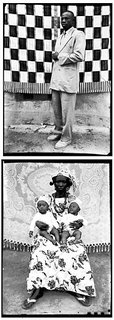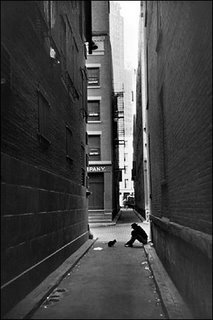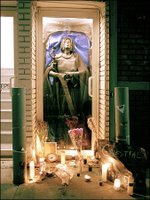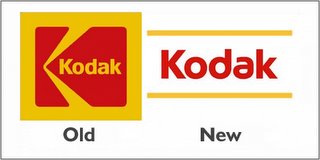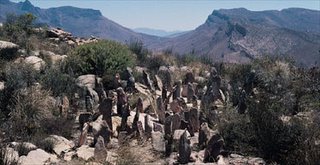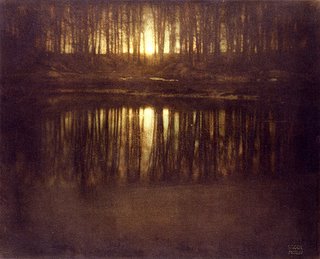
By MARTIN FACKLER @ New York Times
TOKYO, Thursday, Jan. 12 - The Nikon Corporation, the Japanese camera maker, said Thursday that it would stop making most of its film cameras and lenses in order to focus on digital cameras.
The company, based in Tokyo, is the latest to join an industrywide shift toward digital photography, which has exploded in popularity. Rivals like Kodak and Canon have already shifted most of their camera production into digital products.
Nikon said it would halt production of all but two of its seven film cameras and would also stop making most lenses for those cameras. The company will halt production of the film camera models "one by one," though it refused to specify when.
A company spokesman said Nikon made the decision because sales of film cameras have plunged. In the most recent fiscal year ended March 2005, Nikon said that film camera bodies accounted for 3 percent of the 180 billion yen ($1.5 billion) in sales at the company's camera and imaging division. That is down from 16 percent the previous year.
By contrast, sales of digital cameras have soared, the company said, jumping to 75 percent of total sales in the year ended March 2005, from 47 percent three years earlier. Scanners and other products account for the remainder of the division's sales.
"The market for film cameras has been shrinking dramatically," the company spokesman, Akira Abe, said. "Digital cameras have become the norm."
Mr. Abe said the announcement might trigger a brief revival in sales of film cameras, as film photography buffs rush to buy the cameras before production stops. The decision may also help make film cameras a popular nostalgia item in second-hand markets like eBay.
Nikon made its first film camera in 1948, as Japan rose from the ashes of defeat in World War II.
The quality and durability of Nikon's film cameras made them popular for decades among amateurs and professionals alike, turning Nikon into one of the industry's best-known brands. The first Nikon cameras arrived in the United States in the 1950's when American servicemen started bringing them home from tours of duty at American bases in Japan.
But in recent years, all brands of film cameras have virtually disappeared from store shelves.
Digital photography has won out because its images are visible immediately and are easily stored on tiny computer chips, eliminating the need to carry and develop clunky rolls of film.







